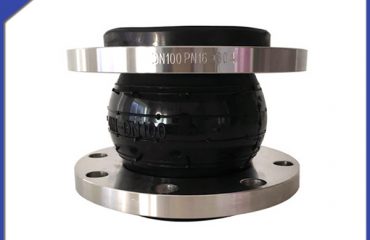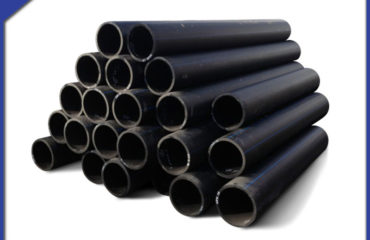First, the connection between flange and pipeline shall meet the following requirements:
1. The center of pipe and flange shall be on the same horizontal line.
2. The center of the pipe is 90 degrees vertical to the sealing surface of the flange.
3. The position of flange bolt on the pipeline shall be consistent.
Second, gasket the flange as follows:
1. In the same pipe, the gasket selected for the flange with the same pressure shall be the same, so as to facilitate mutual exchange in the future.
2. For pipes with rubber plate, rubber gasket is preferred, such as water pipeline.
3. The selection principle of gasket is: select as close as possible to the small width, which is the principle to be followed on the premise that the gasket will not be crushed.
Third, connecting flange
1. Check whether the specifications of flange, bolt and gasket meet the requirements.
2. The sealing surface shall be kept smooth and tidy without burr.
3. The thread of the bolt shall be complete without any defect, and the inlay shall be natural.
4. The gasket texture shall be flexible, not easy to age, and the surface shall be free of defects such as damage, fold, scratch, etc.
5. Before assembling the flange, clean the flange, remove oil, dust, rust and other sundries, and remove the sealing line.
Fourth, assemble the flange
1. The flange sealing surface is perpendicular to the pipe center.
2. For bolts of the same specification, the installation direction is the same.
3. The installation position of the flange installed on the branch pipe shall be more than 100 mm away from the outer wall surface of the riser, and more than 200 mm away from the wall surface of the building.
4. Do not bury the flange directly in the ground, which is easy to be corroded. If it must be buried in the ground, anti-corrosion treatment shall be done well.
 Language
Language Espanol
Espanol English
English Italian
Italian عربى
عربى
 Skype: chinamaker99
Skype: chinamaker99  Tel: 86-316-5120812
Tel: 86-316-5120812  Email:
Email:  Whatsapp:
Whatsapp: 
